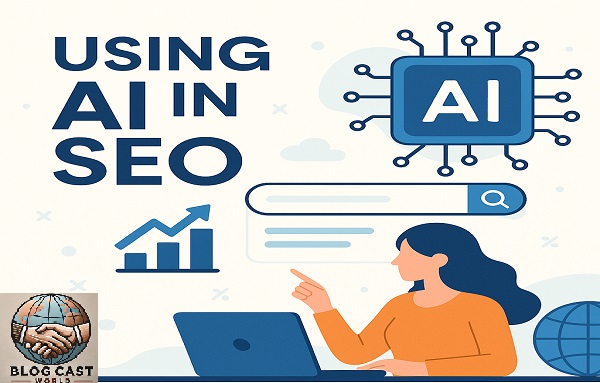When it comes to the creation of mobile apps, agility is essential. You want your application to be able to immediately respond to changes in the market, and you also want to be able to rapidly release new features. You can launch smaller, more accessible parts of code as services when you make use of Microservices. This method of developing mobile applications offers a variety of benefits, the most notable of which is greater agility and scalability.
During app development, one of the best decisions you can make is to embrace the concept of Microservices. Therefore, if you want to boost the flexibility and scalability of your app, or if you want to increase the agility with which you create your app, then Microservices may be the answer for you.
Development and Operation of monolithic architecture
Google was the first company to develop and implement such a ground-breaking architectural concept. The overall visual quality of websites and online apps is elevated as a result. In addition to this, it provides them with a significant amount of adaptability to any circumstance involving human migration. And then everybody’s attention was drawn to its significance, and they began to utilize it for themself.
The activity of applications is analyzed in Microservices Software Development, with the primary emphasis being on how these programs communicate with one another and with end users. It provides workloads and task scheduling, and it works in an ideal connection with a monolithic architecture, which is another kind of serverless computing architecture. There is no longer a need for you to manually set up groups and network equipment.
In recent years, Microservices architecture has gained a lot of prominence, and as a result, several software development businesses are slowly accepting a Microservices strategy to improve the speed of developing software applications for their customers and enhance their adaptability. It will work to your advantage to adapt this architecture, particularly when it comes to allowing agile creation and deployment of sophisticated service-based applications.
Reasons Huge Apps are becoming Functioning Giants
1. The cost of scaling is high
Even if you just want to address a bottleneck in a certain area of the app, you will require to gauge it.
2. Complicated operations
Because new code placements need a careful arrangement, planned interruptions, and maintenance periods, you are seeing an increase in delays in market times. You are not able to ship new features or updates as often as many times per day.
3. Challenging to learn a single codebase
Maintaining it properly and keeping it up to date demands a lot of attention and care so that it doesn’t disrupt any dependencies. The performance of an integrated development environment (IDE) may be negatively affected by bloated code bases, which also need longer deployment push times if the services are built on the cloud.
4. Single programming language
The software was developed using a single programming language, which may now be considered archaic. The implementation of a next-generation technology stack is difficult.
5. The duration of the tests is drawn out
Testing may be quite time-consuming if it is performed on a monolithic design because of its complexity. Automated testing strategies, such as regression testing, are notoriously difficult to put into practice since they need the compilation of a comprehensive test suite’s worth of historical data. In such a case, a very little adjustment could result in a significant and unfavorable impact on the whole product.
Competencies that an experienced Microservices vendor must have
When it comes to Microservices, you need to be sure that you are collaborating with someone who has the skills necessary to contribute to the success of your company. One example of one of these competencies is having prior expertise in developing, deploying, and running Microservices. If you have the appropriate knowledge and competence, you will be able to develop Microservices that are both more productive and economical.
To successfully set up and operate a Microservices architecture, it is necessary to carefully prepare and use one’s technical experience before breaking down the software application. Also, to expand Microservices effectively, developers need to have at least a fundamental understanding of DevOps. The development of Microservices often makes use of well-known platforms such as Spring Boot in Java or Lagom, an open-source platform for the construction of reactive Microservices systems written using Scala or Python.
Conclusion
The need for Microservices is expanding as a direct result of the increasing number of individuals who are working from home. The potential advantages of using Microservices might be enormous for businesses that get a head start on the trend. Data management or the operation of a complete program are both possible uses for Microservices. The use of Microservices is becoming more common. The quantity of information that can be available online might be somewhat daunting if you are seeking to hire Microservices developers. Hence, choose the best Microservices Company that can give you the best services. It is essential to get a developer that concentrates on architecture if you are planning to get the most out of using Microservices.







